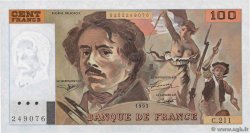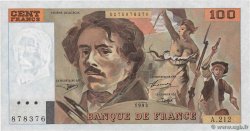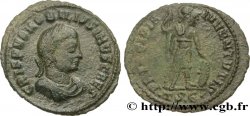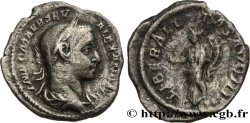E-auction 171-106121 - bga_395239 - ATREBATES / REGNI Empreinte en plomb d’un revers de statère
You must signin and be an approved bidder to bid, LOGIN TO BID. Accounts are subject to approval and the approval process takes place within 48 hours. Do not wait until the day a sale closes to register. Clicking on « bid » constitutes acceptance of the terms of use of cgb.fr private e-auctions.
Bids must be placed in whole Euro amounts only. The sale will start closing at the time stated on the item description; any bids received at the site after the closing time will not be executed. Transmission times may vary and bids could be rejected if you wait until the last second. For further information ckeck the E-auctions F.A.Q.
NO BUYER'S FEE.
NO BUYER'S FEE.
| Estimate : | 200 € |
| Price : | 26 € |
| Maximum bid : | 29 € |
| End of the sale : | 25 July 2016 14:12:00 |
| bidders : | 5 bidders |
Type : Empreinte en plomb d’un revers de statère
Date: c. 60-50 AC.
Metal : lead
Diameter : 26,5 mm
Weight : 10,20 g.
Rarity : R3
Coments on the condition:
Rare témoignage de la technique de frappe ou du faux monnayage. Usure marquée rendant difficile l’attribution de cette empreinte
Obverse
Obverse description : Lisse.
Reverse
Reverse legend : ANÉPIGRAPHE.
Reverse description : Cheval à droite ; une roue crantée entre les jambes et des annelets pointés dans le champ.
Commentary
Ce type correspond à un statère de Grande-Bretagne. Comme l’empreinte bga_297075, cette lame de plomb portant une empreinte en creux a été confectionnées à partir d’une monnaie en circulation ou à partir de matrice.
Pour notre exemplaire, un statère d’or a été pressé sur une lame de plomb jusqu’à en donner l’empreinte complète et en creux.
Ces rares vestiges (dont on connaît des exemples à l’époque romaine dans le cadre d’ateliers de faux-monnayeur) auraient pu servir de modèle à un graveur de coins (que ceux-ci soient réguliers ou irréguliers...).
This type corresponds to a stater from Great Britain. Like impression bga_297075, this lead blade bearing a hollow impression was made from a circulating coin or from a matrix. For our example, a gold stater was pressed onto a lead blade until the complete hollow impression was obtained. These rare remains (examples of which are known from the Roman period in counterfeiting workshops) could have served as a model for a die engraver (whether regular or irregular...)
Pour notre exemplaire, un statère d’or a été pressé sur une lame de plomb jusqu’à en donner l’empreinte complète et en creux.
Ces rares vestiges (dont on connaît des exemples à l’époque romaine dans le cadre d’ateliers de faux-monnayeur) auraient pu servir de modèle à un graveur de coins (que ceux-ci soient réguliers ou irréguliers...).
This type corresponds to a stater from Great Britain. Like impression bga_297075, this lead blade bearing a hollow impression was made from a circulating coin or from a matrix. For our example, a gold stater was pressed onto a lead blade until the complete hollow impression was obtained. These rare remains (examples of which are known from the Roman period in counterfeiting workshops) could have served as a model for a die engraver (whether regular or irregular...)







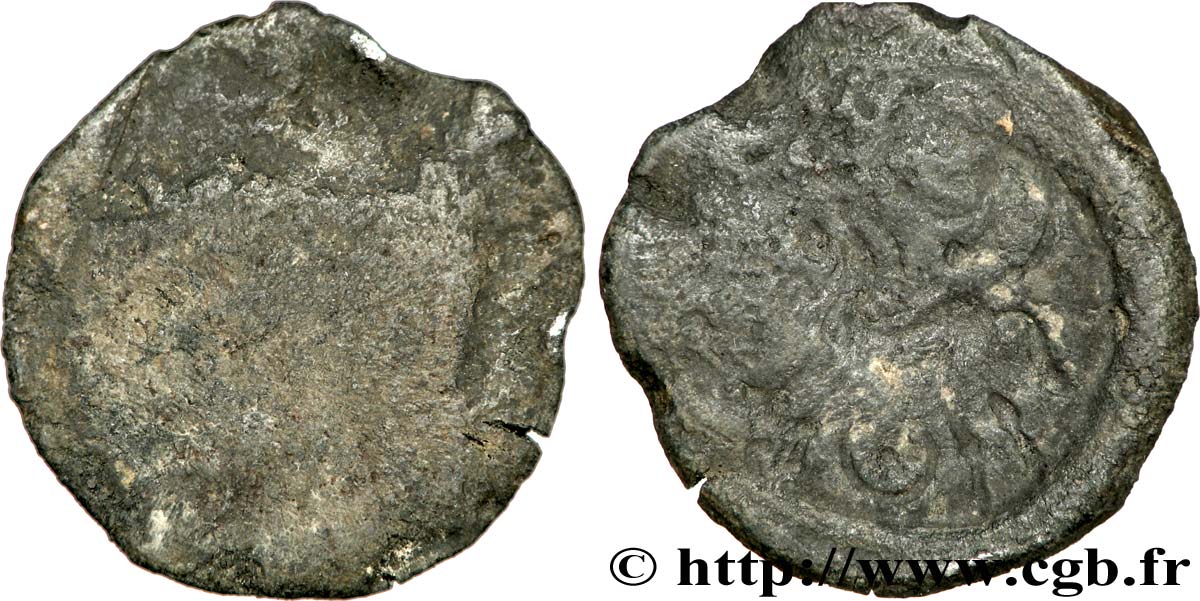
 Report a mistake
Report a mistake Print the page
Print the page Share my selection
Share my selection Ask a question
Ask a question Consign / sell
Consign / sell
 Full data
Full data